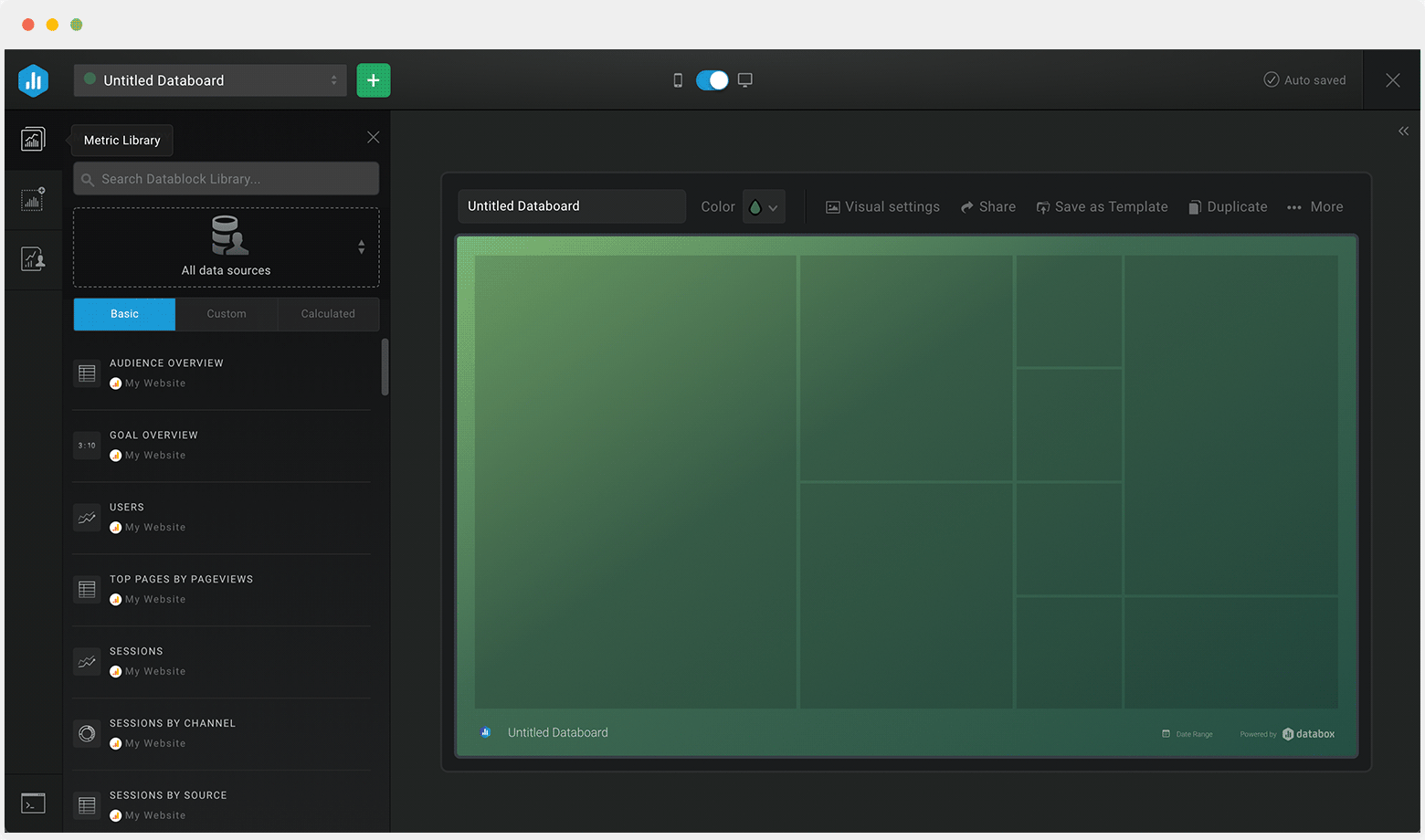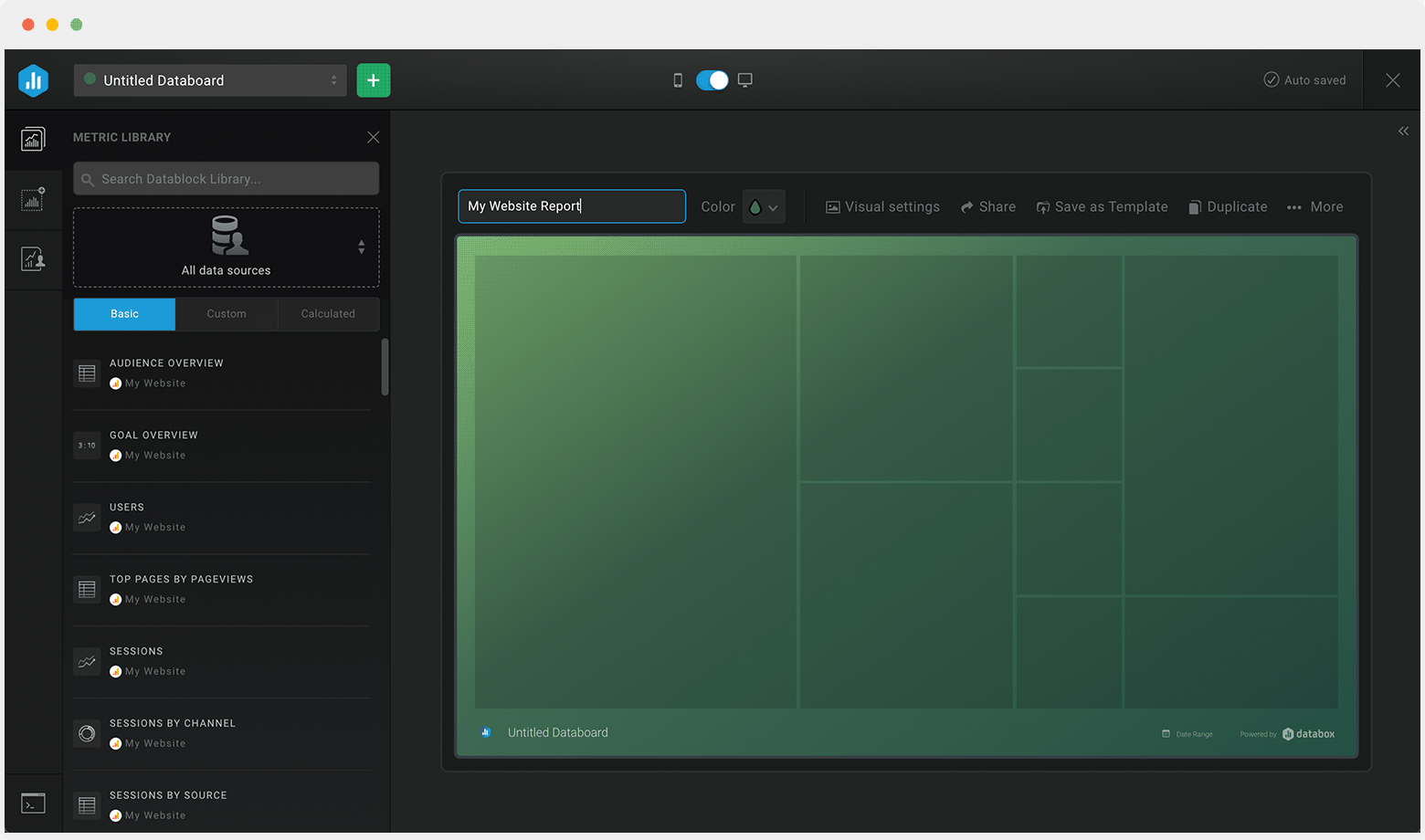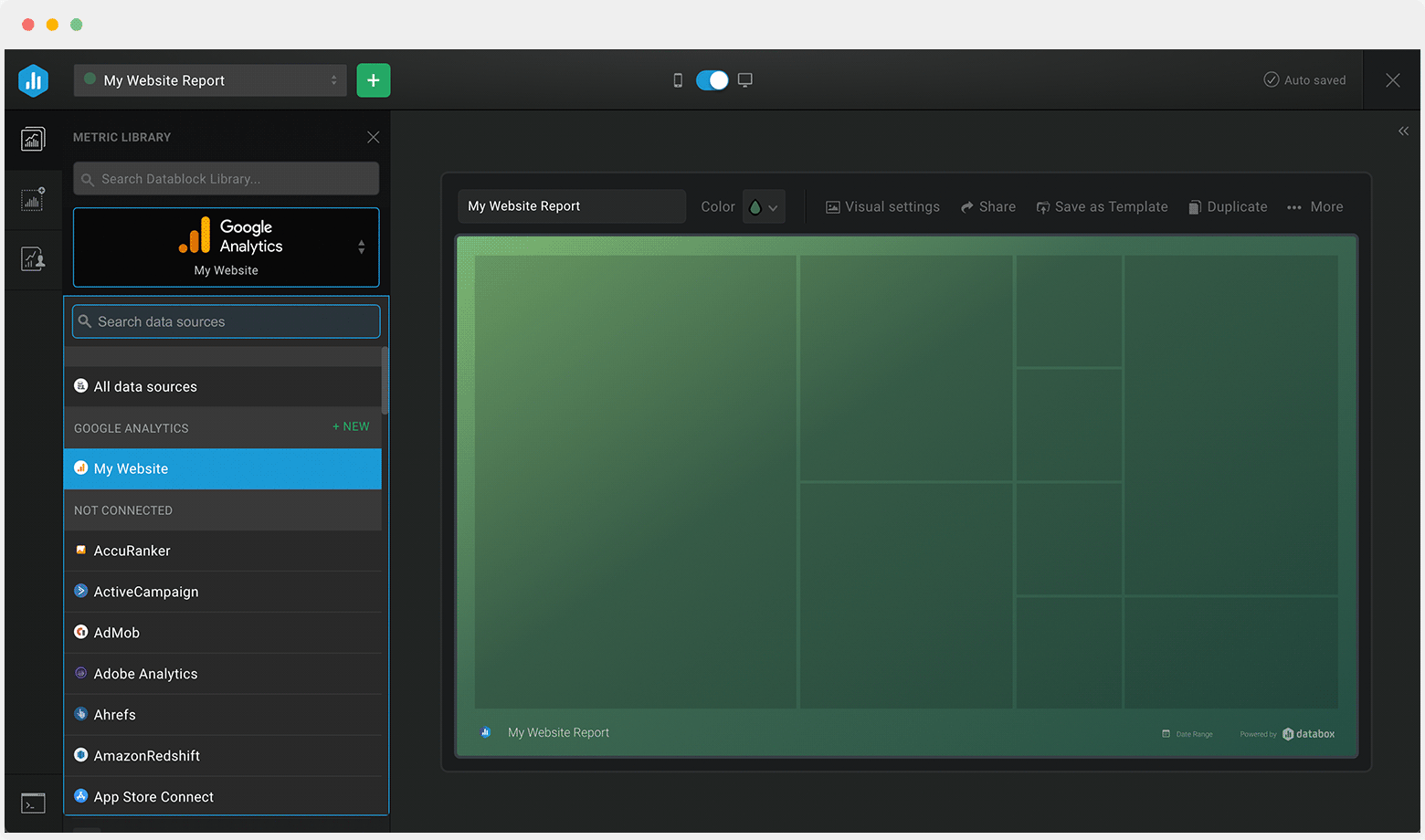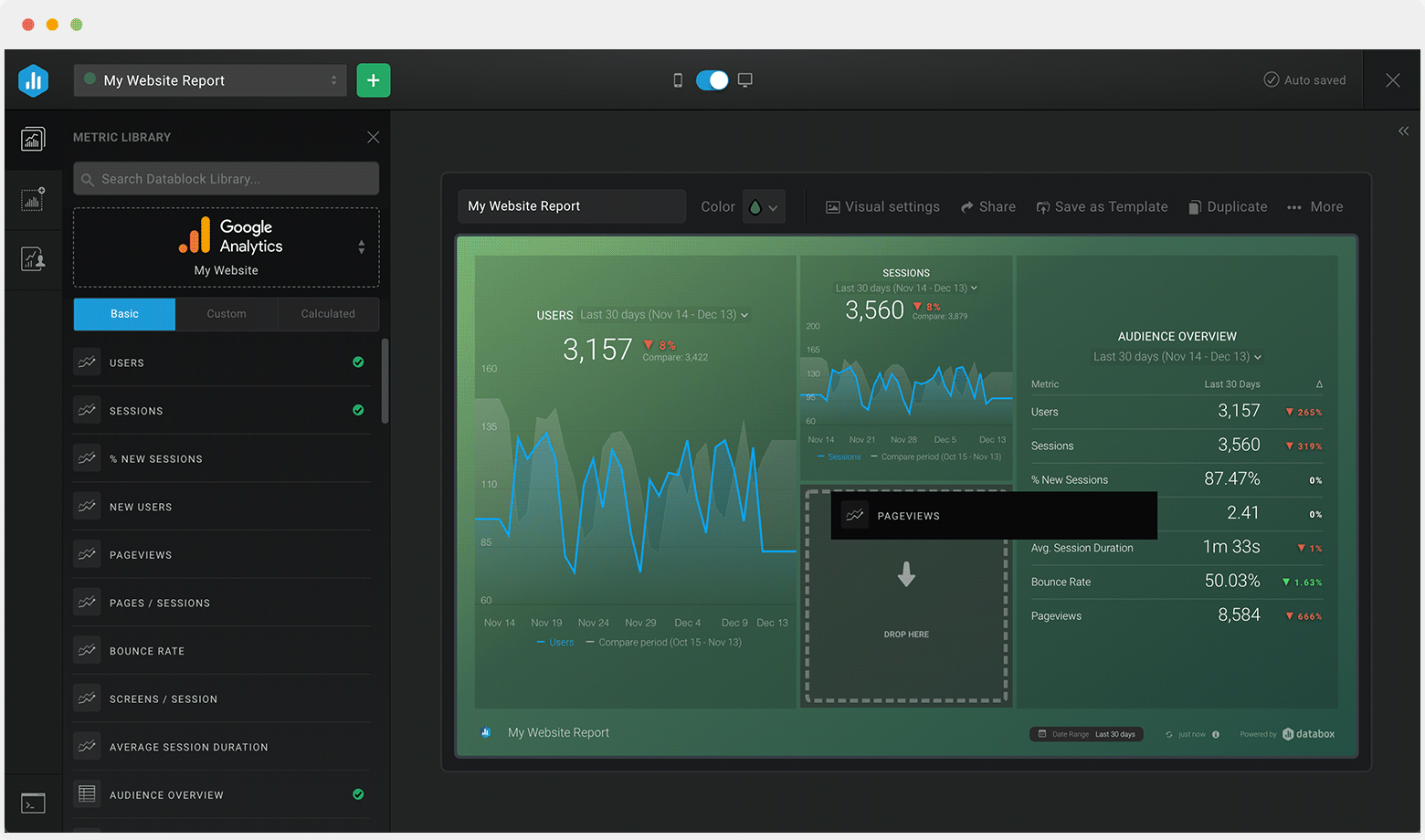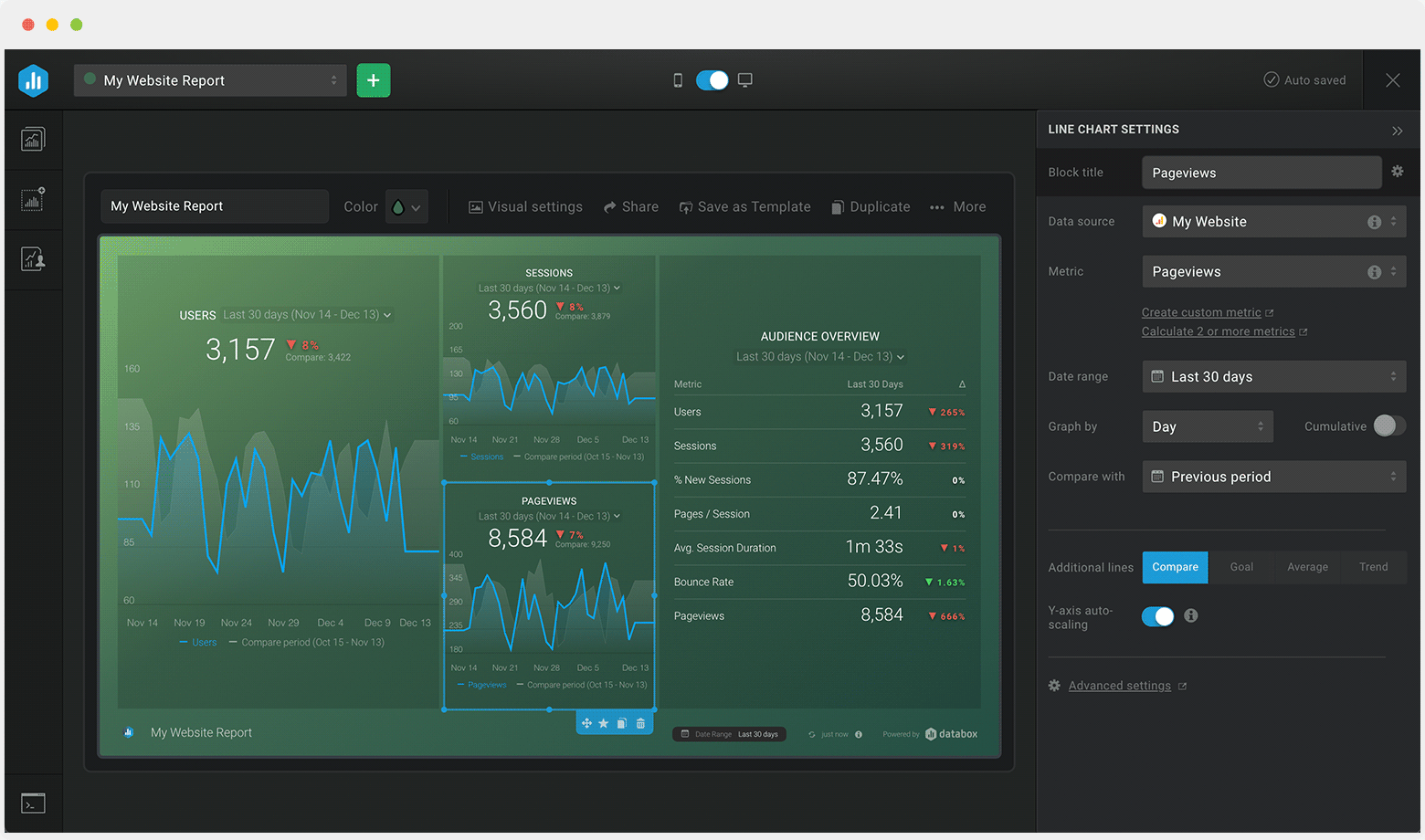What Is a GitHub Dashboard?
A GitHub dashboard allows you to track and visualize all of your most important project data in one place. You get to keep an eye on new features and bug fixes across your team and ensure that you are on top of all of your project updates in real-time.
What Should Be Included in a GitHub Dashboard?
Your GitHub Dashboard should contain all your most relevant metrics and KPIs that will provide you with your project overview at any time. Metrics like Commits, Repository status, Top contributors to your Github project, and more should give you a clear indication of the project’s progress.


